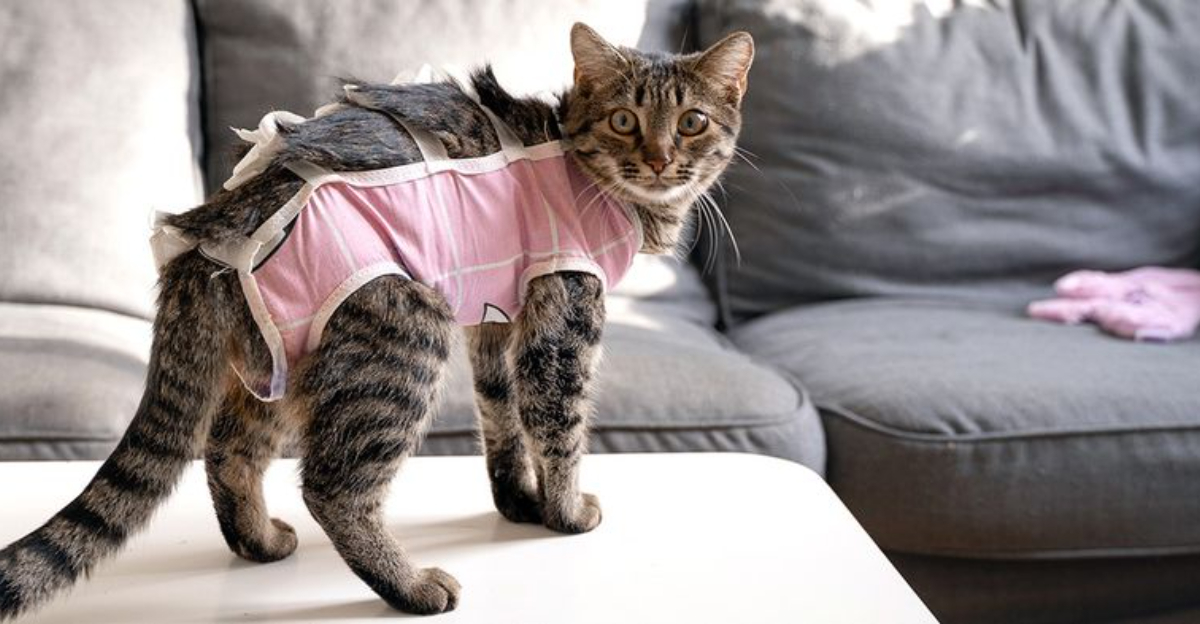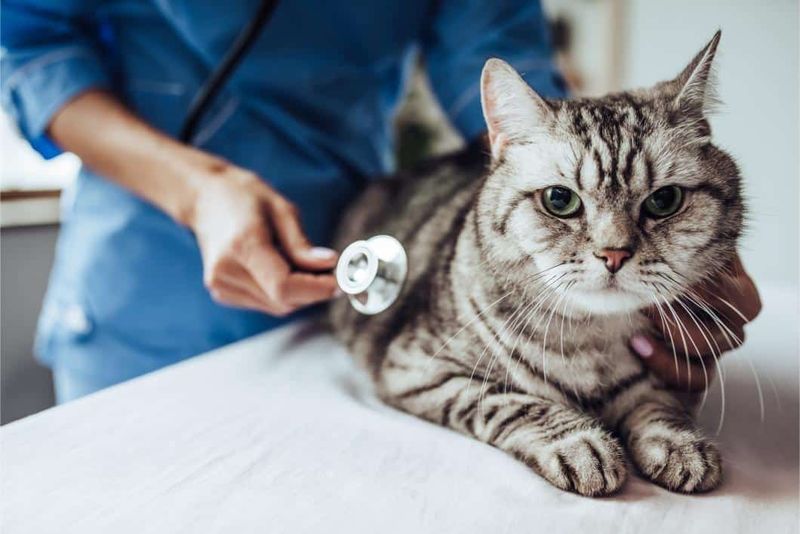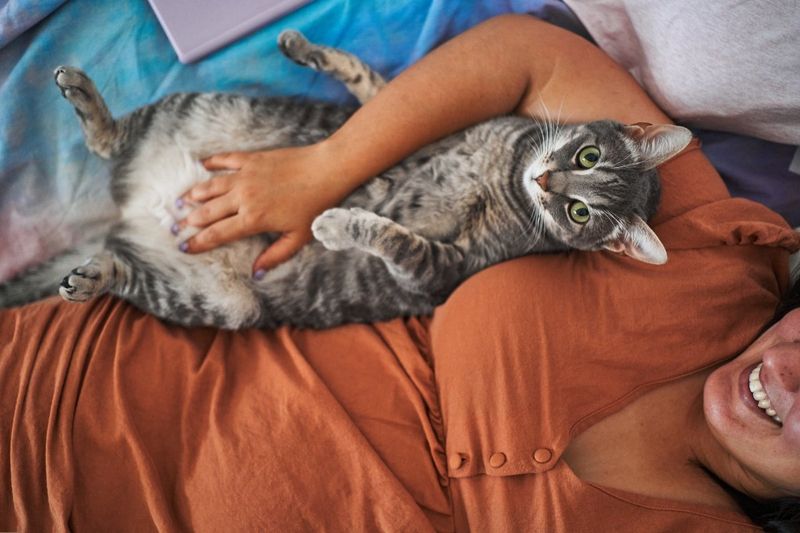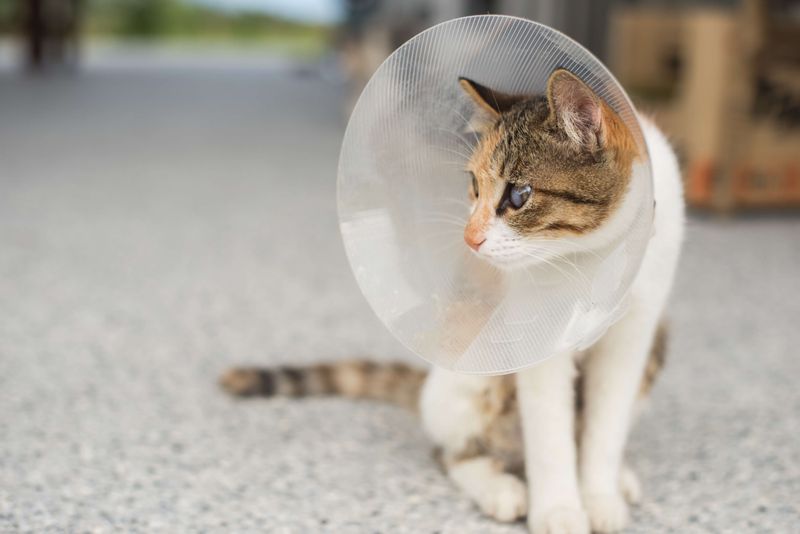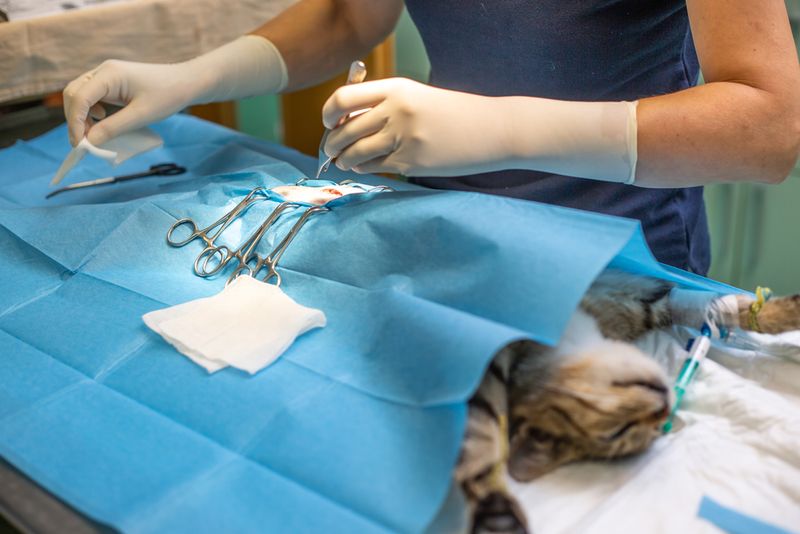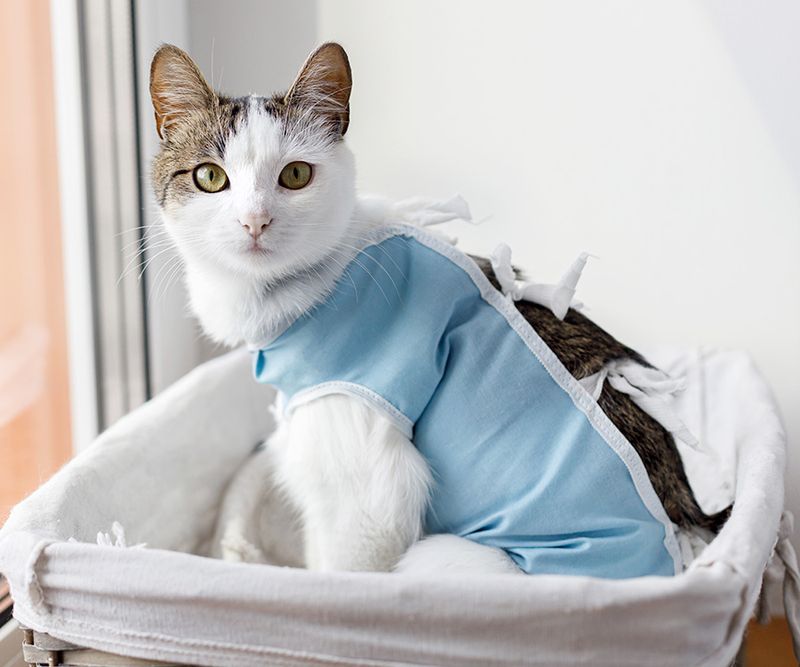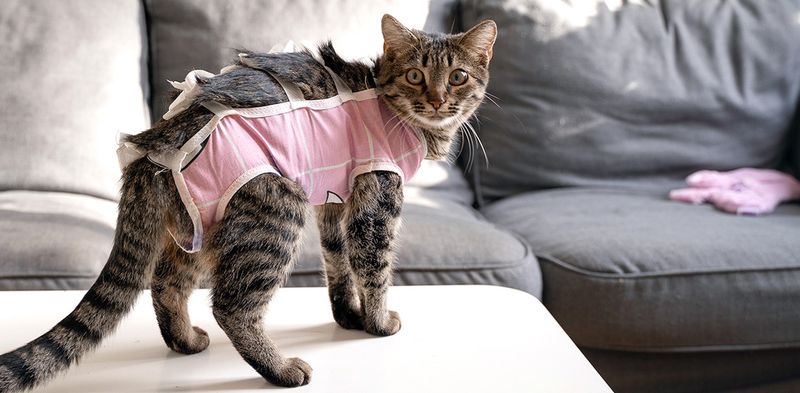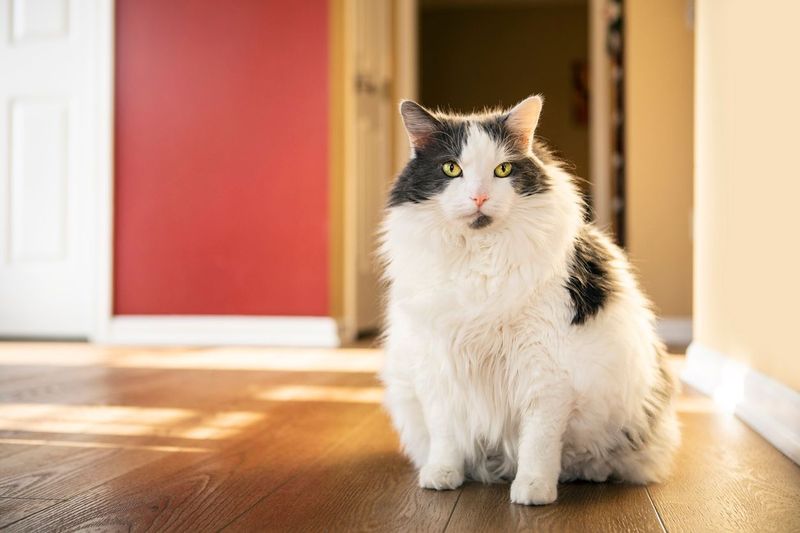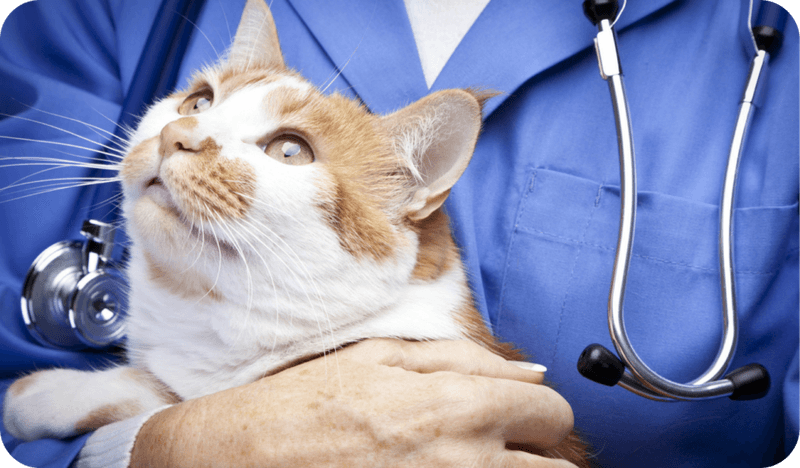📖 Table of Content:
Thinking about spaying your cat? Before scheduling the procedure, it’s important to understand what it involves, how it affects your cat’s health and behavior, and what to expect during recovery. In this post, we cover 10 essential things every cat owner should know before spaying—from ideal timing and medical risks to post-op care tips. Whether you’re a first-time pet parent or looking to brush up on the basics, this guide will help you make informed, compassionate decisions.
1. Health Benefits
Spaying eliminates the risk of ovarian and uterine cancers and significantly reduces the risk of mammary (breast) cancer, especially if performed before the first heat cycle. Cats that are spayed early in life can enjoy a longer, healthier lifespan. The removal of reproductive organs prevents diseases that can be life-threatening if untreated. Veterinarians often advocate for early spaying as a proactive health measure. These health benefits are not just limited to physical health but extend to overall well-being. With these risks minimized, your cat can thrive in a healthier environment. Spaying truly supports a cat’s long-term health.
2. Behavioral Changes
Spaying can reduce behaviors associated with heat cycles, such as loud yowling, restlessness, and attempts to escape outdoors. A spayed cat is less likely to exhibit these hormonally driven behaviors, leading to a more peaceful household. Without the urge to mate, your cat might become more affectionate and less territorial. As a result, they are often more content to stay indoors, reducing the risk of accidents or getting lost. These changes can enhance the bond between you and your pet, making coexistence smoother.
3. Timing of Surgery
Most veterinarians recommend spaying cats between 4 and 6 months of age, before they reach sexual maturity. This timing helps ensure that the cat receives maximum health benefits from the procedure. Early spaying is crucial as it prevents unwanted pregnancies and reduces the risk of certain cancers. By spaying before the first heat, you minimize the chance of breast cancer significantly. This timing also means the cat usually recovers faster and with fewer complications. Consulting with your vet about the best time for your specific pet is essential to ensure optimal health benefits.
4. Surgical Procedure
Spaying is a major surgical procedure that requires general anesthesia. The operation involves removing the ovaries and uterus through an incision in the abdomen. It is important to choose a skilled veterinarian to perform this procedure to ensure your cat’s safety. The surgery, while routine, is significant and should be understood fully by pet owners. Recovery typically takes a week, during which your pet must be monitored closely. Understanding the procedure can alleviate concerns and help you prepare adequately for the big day. Rest assured, it is one of the most common surgeries performed on cats.
5. Post-Surgical Care
After surgery, your cat will need a quiet, comfortable space to recover. It’s essential to monitor the incision site for signs of infection and follow your veterinarian’s aftercare instructions. This phase is crucial as it ensures the healing process is smooth and without complications. Providing a stress-free environment aids in faster recovery. Gentle handling and limiting movement can prevent any disruption to the healing incision. Make sure your cat has access to fresh water and food, but monitor their intake as appetite might vary initially. Your vet will guide you on signs to watch out for.
6. Cost Considerations
The cost of spaying can vary depending on location and the veterinarian’s fees. Some shelters and clinics offer low-cost spay services. It’s wise to research options within your community to find a service that fits your budget. Keep in mind, while initial costs may seem high, spaying can save money in the long run by preventing health issues. Financial planning is essential to ensure you can provide the best care for your pet. Consider this as an investment in your cat’s health and well-being, balancing affordability with professional expertise.
7. Risk of Obesity
Spayed cats may experience a decrease in metabolism, leading to weight gain. Monitoring their diet and ensuring regular exercise can help maintain a healthy weight. Contrary to myths, spaying itself does not cause obesity. Instead, lifestyle changes post-surgery can influence weight. Adjusting portion sizes and engaging in playful activities can counterbalance any metabolic shifts. Consult with your vet to establish a balanced diet plan. By keeping your cat active and monitoring food intake, you can prevent obesity. A healthy lifestyle is key to ensuring your cat remains energetic and at an optimal weight.
8. Myths About Spaying
Contrary to some beliefs, spaying does not cause cats to become lazy or overweight. Proper diet and exercise are key to preventing weight gain. Myths surrounding spaying often deter owners from making informed decisions. Understanding the realities versus the myths can lead to better care for your pet. Spaying can enhance a cat’s quality of life without impacting its playful nature. Busting these myths is crucial in promoting responsible pet ownership. Educating yourself about the procedure helps in dispelling misconceptions and ensures your cat’s long-term health and happiness.
9. Spaying During Heat Cycles
While it’s possible to spay a cat during her heat cycle, it’s generally recommended to wait until after the cycle ends to reduce surgical risks. During heat, the blood vessels around the reproductive organs are more engorged, increasing surgical complexity. Waiting until the cycle ends minimizes these risks and facilitates a smoother procedure. However, in certain situations, immediate spaying might be necessary. Your veterinarian will assess the best timing based on your cat’s health and circumstances. Making an informed decision ensures the procedure’s success and your pet’s well-being.
10. Long-Term Commitment
Spaying is a one-time procedure that can lead to a longer, healthier life for your cat. It’s a responsible choice that contributes to controlling the pet population. Taking this step demonstrates a commitment to your pet’s health and the welfare of future generations. The benefits extend beyond the individual cat, helping reduce the number of unwanted litters. This decision reflects a dedication to responsible pet ownership and community welfare. As a pet owner, understanding this responsibility can bring peace of mind. A healthier, happier cat enriches your life and theirs.
